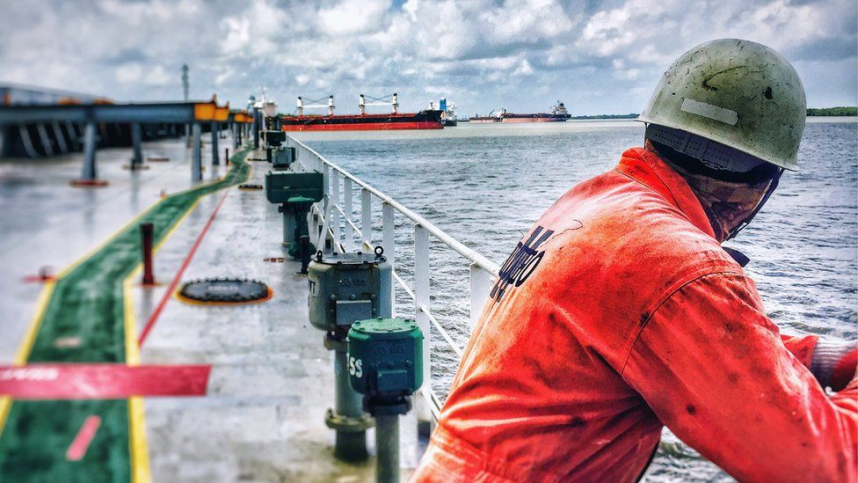
Transport Canada issued updated guidance regarding the mobility of asymptomatic, presumed non-COVID-19 carrying seafarers during the COVID-19 pandemic.
Asymptomatic, presumed non-COVID-19 carrying refers to a seafarer who has not tested positive for COVID-19; is not exhibiting any COVID-19 signs or symptoms; has not been in close contact in the past 14 days with anyone suspected of/confirmed as having COVID-19; nor is awaiting test results themselves from having been tested for COVID-19 in the past 14 days.
Canadian vessels operating domestically should follow the advice of their employer, and direction from provincial and territorial health measures and authorities. Anyone who has close contact with someone who has, or is suspected to have, COVID-19 should quarantine for 14 days.
Shore leave for seafarers on board foreign vessels, at Canadian ports, terminals, and marine facilities
Shore leave should only be extended to asymptomatic, presumed non-COVID-19 carrying crew members and should not exceed six hours in length; and the seafarer should follow the advice of their employer, the Public Health Agency of Canada, and local health officials.
During this six-hour shore leave period, crew members are expected to:
- Follow marine facility-specific COVID-19 protocols;
- Follow PHAC recommendations regarding COVID-19 prevention, including wearing a mask, maintaining proper hand hygiene, physical distancing, and cough/sneeze etiquette;
- Follow applicable public health restrictions from local health authorities;
- Minimize contact with local workers at a destination;
- Closely self-monitor; and
- Quarantine and contact the local public health authority should they exhibit any COVID-19 signs or symptoms.
Crew members are expected to inform the Master of the vessel of their whereabouts in order to support possible contact tracing.
Shore leave for seafarers onboard Canadian domestic vessels
Crew onboard Canadian domestic vessels should follow the advice of their employer, the Public Health Agency of Canada, and local health officials.